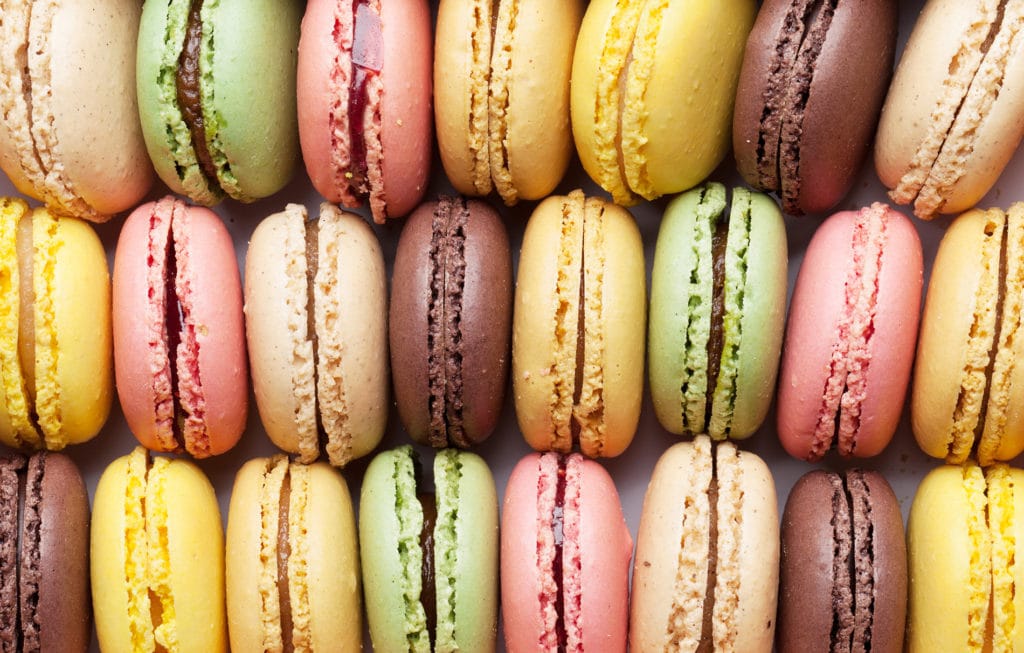We consider baking both an art and a science. An art of course because the artist (baker) combines flavor, texture, and aesthetics to create something beautiful that happens to be edible. And we consider baking a science because the scientist (baker) combines ingredients, all of which have a purpose, and work together to create something that has structure.
Today we’ll be looking at a few basic baking ingredients and the science behind them.

Flour
Flour provides a significant amount of structure for the product. The gluten within flour traps air bubbles and begins to set. As the starch in flour heats up, it begins to support the structure. For most baked goods, you’ll notice your recipe will call for all-purpose flour because it has less gluten than what is known as bread flour. The more gluten, the toucher the produce, hence wanting less gluten for spongey cakes or soft cookies.
Sugar
Aside from adding sweetness, of course, sugar also contributes to a products browning, holds moisture in the finished product, and sugar crystals that cut into certain fatty ingredients such as butter, help form the structure by encouraging it to rise by making small holes that are filled with CO2 once all the agents begin reacting.

Eggs
Eggs add texture making the final product tender, light, and smooth. Aside from texture, eggs add richness, color, and flavor to products.
Salt
Salt strengthens the gluten which adds weight, and of course, salt enhances flavors. In breads, salt prevents it from rising too quickly.
Milk
The elements in milk work together to create a strong batter while also adding moisture, protein, and flavor. The sugar within milk also contributes to the product’s browning.

Baking soda
Baking soda is a pretty cool ingredient because it’s responsible for a product rising, but at two different stages; once at room temperature when combined with a liquid and acid, then again when it is being heated in the oven.
Baking powder
So often confused with baking soda, though the two are very different and can’t be used interchangeably, baking powder requires both moisture and heat to activate it, baking powder is significantly weaker than baking soda, and baking powder tends to be called for in more non-acidic recipes.